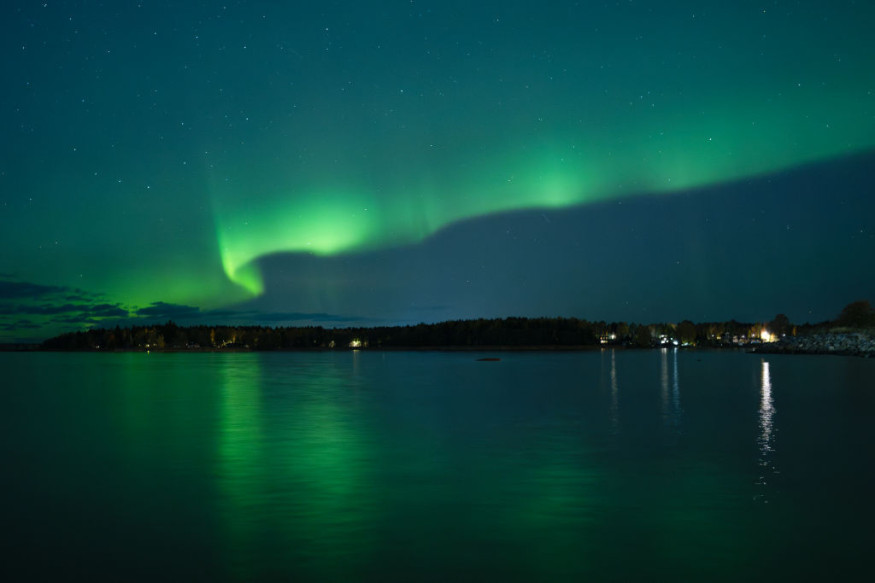
Stargazers across parts of the United States may have a chance to witness the mesmerizing northern lights tonight, Wednesday, November 6, thanks to recent solar activity.
This rare opportunity could bring the aurora borealis, known for its vibrant green and red displays, to regions far south of its usual polar locations. While sightings are never guaranteed, tonight's conditions may make it possible for people in several northern states to catch a glimpse of the phenomenon.
Northern Lights May Light Up US Skies Tonight - Where and When to Look
The northern lights are caused by solar storms, which send streams of energetic particles into Earth's atmosphere. When these particles collide with oxygen and nitrogen atoms high above Earth's surface, they create the colorful lights known as auroras.
This time, a solar event called a coronal mass ejection (CME) is behind the northern lights forecast. On Sunday, November 3, a large CME was triggered by a solar flare, sending a cloud of charged particles toward Earth.
The CME may brush against Earth's magnetic field tonight, potentially sparking geomagnetic activity strong enough to create auroras visible in parts of the US.
According to the National Oceanic and Atmospheric Administration (NOAA), tonight's display is expected to reach a G1 level on the geomagnetic storm scale, which ranges from G1 (minor) to G5 (extreme).
A G1 storm means that while the northern lights may be visible, they're likely to be faint and may not appear in their full vibrant colors.
According to Martha Stewart, the best chances of seeing the aurora will be in states such as Washington, Idaho, Montana, North Dakota, South Dakota, Minnesota, Wisconsin, Michigan, and Maine, between 7 and 10 p.m. EST.
NOAA Shares Tips for Spotting Northern Lights Tonight - Here's How to Prepare
NOAA's Space Weather Prediction Center suggests that interested viewers keep an eye on updates, as the intensity of the aurora can fluctuate based on solar conditions.
Those in areas with clear, dark skies and minimal light pollution will have the best chance of seeing the lights. NOAA also offers an aurora view line and 30-minute forecast on its website to help viewers track the latest information and decide on the best viewing times, Forbes said.
Space weather is notoriously difficult to predict, so even with ideal conditions, it's possible that the northern lights won't be visible tonight.
However, there is hope for future opportunities. The sun is currently in a phase called "solar maximum," which brings more frequent solar flares and CMEs. This period is expected to last until around 2026, giving skywatchers a greater chance of seeing the northern lights in the coming years.
While tonight's aurora might not be as intense as previous displays, this natural light show remains a beautiful reminder of the sun's power and its effect on our planet. For those hoping to capture the moment on camera, experts recommend using a tripod and setting the camera to "Night Mode" or a long exposure, especially in areas with low light.
© 2025 NatureWorldNews.com All rights reserved. Do not reproduce without permission.





